I write the following sample code:
public static void main(String[] args) throws Exception
{
byte number_1 = 127;
byte number_2 = (byte) 128;
System.out.println("number_1 = " + number_1);
System.out.println("number_2 = " + number_2);
}
I get the following result in output:
number_1 = 127
number_2 = -128
I know range of a byte data type( -128 to 127).
Is my sample is correct? What happened? Is there a two's complement operation? I don't understand this behavior.
